The 10-year Long Residence route offers a path to Indefinite Leave to Remain (ILR) for individuals who have accumulated a significant period of lawful residence in the UK. Unlike other routes that tie ILR to a specific visa category (like Skilled Worker or Spouse), this route focuses on the duration and lawfulness of your stay.
1. The Core Requirement: 10 Years Continuous Lawful Residence
This is the absolute bedrock of your application. You must demonstrate that you have completed a continuous period of 10 years’ lawful residence in the UK.
-
What is “Lawful Residence”?
- This means you must have held valid immigration leave (e.g., a visa, or permission to stay) throughout the entire 10-year period.
- Time spent on most visa types can count, including Student visas (Tier 4), Work visas (e.g., Skilled Worker, Youth Mobility), and even periods of discretionary leave.
- Crucially, certain periods do NOT count: Time spent as a Standard Visitor, Short-term Student (English language), Seasonal Worker, or any period of overstaying (even if later disregarded for continuity, it won’t count towards the 10 years itself), immigration bail, temporary admission, or in prison will generally not count towards your 10 years.
- You must also not have been in breach of immigration laws.
-
What is “Continuous Residence”?
- This refers to the unbroken nature of your stay. You can leave the UK during this period, but there are strict limits on how long you can be absent.
2. Managing Absences from the UK: The “Day Count” Rule
This is where the 10-year route often becomes complex, as strict calculations are needed. The rules around absences changed on April 11, 2024, so it’s vital to consider your specific 10-year period:
-
For any 10-year period that ends on or after April 11, 2024:
- You must not have been absent from the UK for more than 180 days in any rolling 12-month period. This is the same rule applied to most 5-year routes to ILR.
- There is no overall cap on total absences over the 10 years, as long as the 180-day per rolling 12-month period is met.
-
For any 10-year period that ended before April 11, 2024:
- You must not have been absent from the UK for more than 184 days in any single absence.
- Your total absences over the entire 10-year period must not exceed 548 days.
-
Key Point on Breaks: Your continuous residence is broken if:
- You are absent for more than the allowed limits.
- You leave the UK without valid leave to remain.
- You are removed or deported from the UK.
- You are sentenced to a period of imprisonment.
-
Evidencing Absences: You will need to provide a detailed list of all your absences from the UK during the 10-year period, including dates of departure and return. Travel history can often be extracted from your passport stamps, flight tickets, or digital travel records.
3. Knowledge of Language and Life in the UK (KOL)
Like almost all ILR applicants, you must demonstrate your integration into British society.
- English Language: You need to prove your English language proficiency.
- Level: This typically requires passing an approved English language test at CEFR Level B1 in speaking and listening.
- Proposed 2025 Change: The May 2025 Immigration White Paper proposes raising the English language requirement for ILR from B1 to B2 for most immigration routes. While not yet law, it’s a potential future change to be aware of.
- Exemptions: You may be exempt if you are a national of a majority English-speaking country, have a degree taught or researched in English, are over 65 (or under 18), or have a specific medical condition.
- Life in the UK Test: You must pass the ‘Life in the UK’ test.
- This is a computer-based test on British history, culture, and laws. You must score at least 75%. Keep your pass certificate.
4. Good Character Requirement
The Home Office will assess your suitability for settlement.
- This includes reviewing your criminal record (in the UK and overseas), your immigration compliance history (any past overstays, visa breaches), and any conduct that raises concerns about your character.
- Honesty is paramount: Always declare any relevant history. Non-disclosure can lead to an automatic refusal and a long-term ban.
5. Other Important Considerations
- Current Valid Leave: You must have valid leave to remain in the UK at the time of your ILR application. You generally need to have held your current permission for at least 12 months at the time of application, or have been exempt from immigration control within the 12 months immediately before.
- No Sponsor Needed: Unlike many 5-year work routes, you do not need a sponsoring employer to apply via the 10-year route.
- Application Process: You apply online via the GOV.UK website using the ‘Set (LR)’ form. You will pay the application fee (£3,029 as of April 9, 2025), provide biometrics (fingerprints and photo), and upload your supporting documents.
- Evidence is Key: Proving 10 years of continuous lawful residence requires comprehensive documentation. This includes passports, visa stamps, BRPs, tenancy agreements, utility bills, council tax statements, employment contracts, payslips, educational records, bank statements, and any official correspondence from the Home Office for the entire period. Filling gaps can be challenging, so prepare thoroughly.
- Seek Expert Advice: The 10-year route, particularly the continuous residence calculation and addressing any potential breaks in lawful stay, can be highly complex. Any periods of overstaying (even short ones) or specific types of previous leave can invalidate your entire period. It is highly recommended to seek advice from an OISC-regulated immigration adviser or solicitor to review your history and ensure eligibility before applying.
The 10-year Long Residence route is a testament to your enduring connection to the UK. While it demands careful preparation and strict adherence to the rules, a successful application will grant you the invaluable stability and freedom of permanent residency.

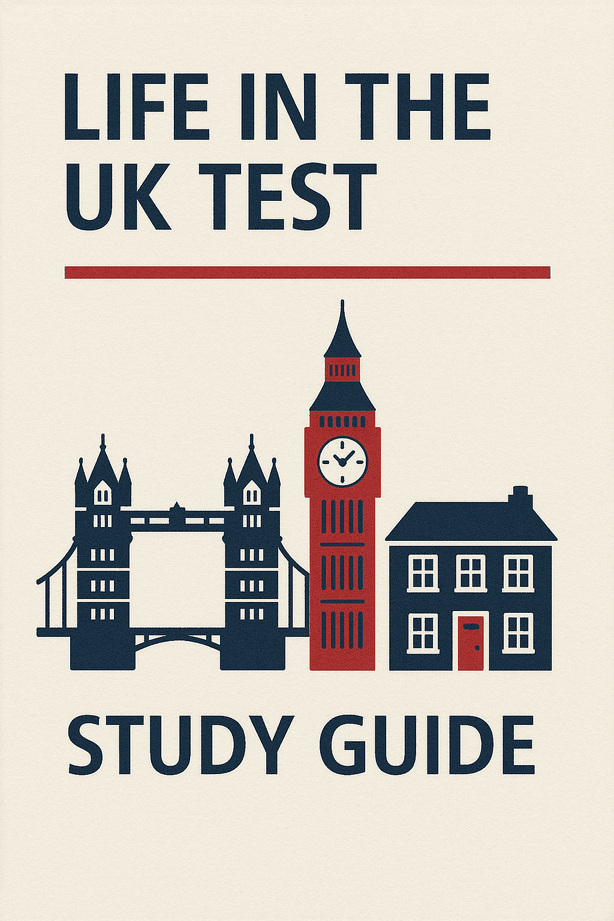
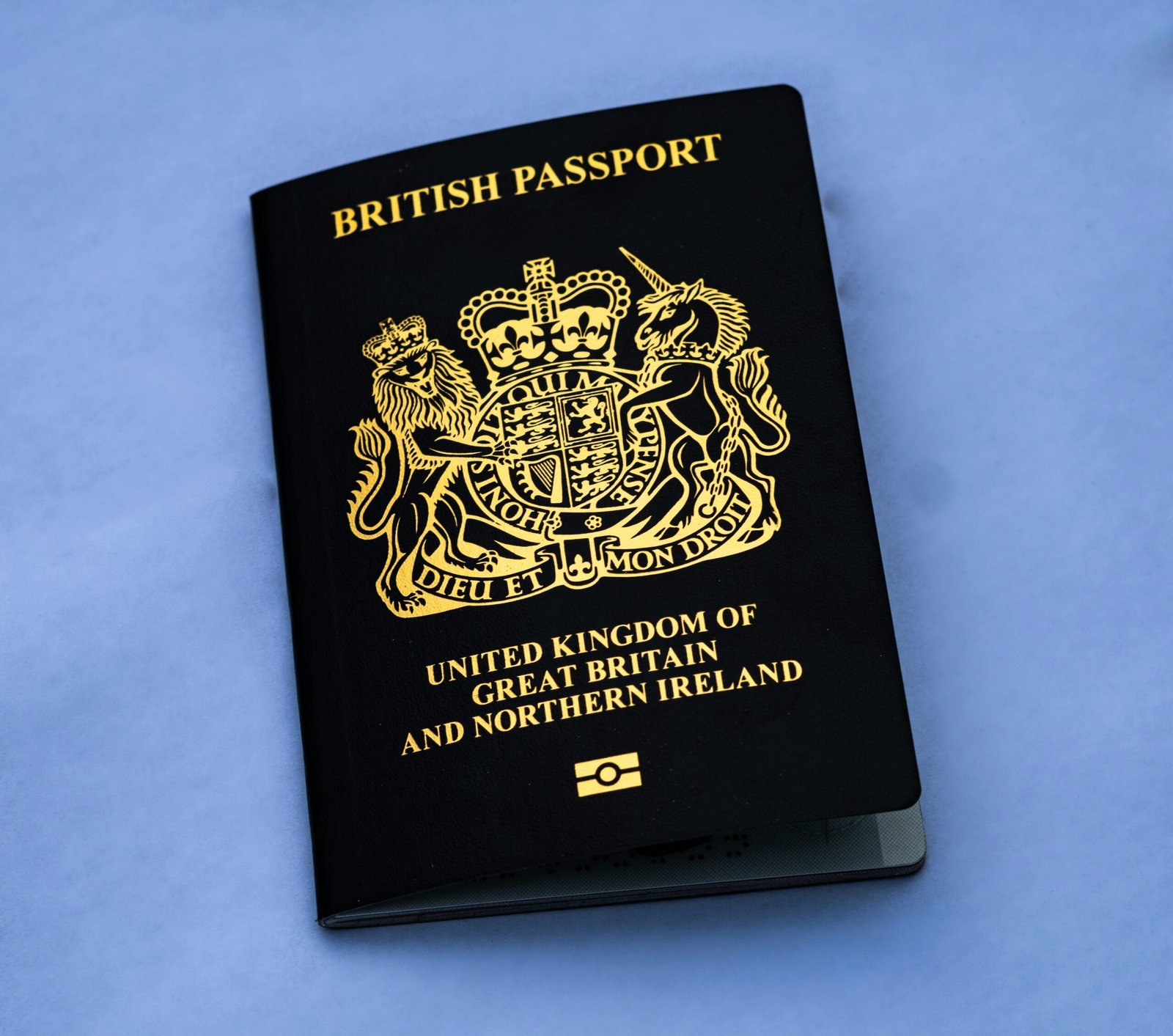
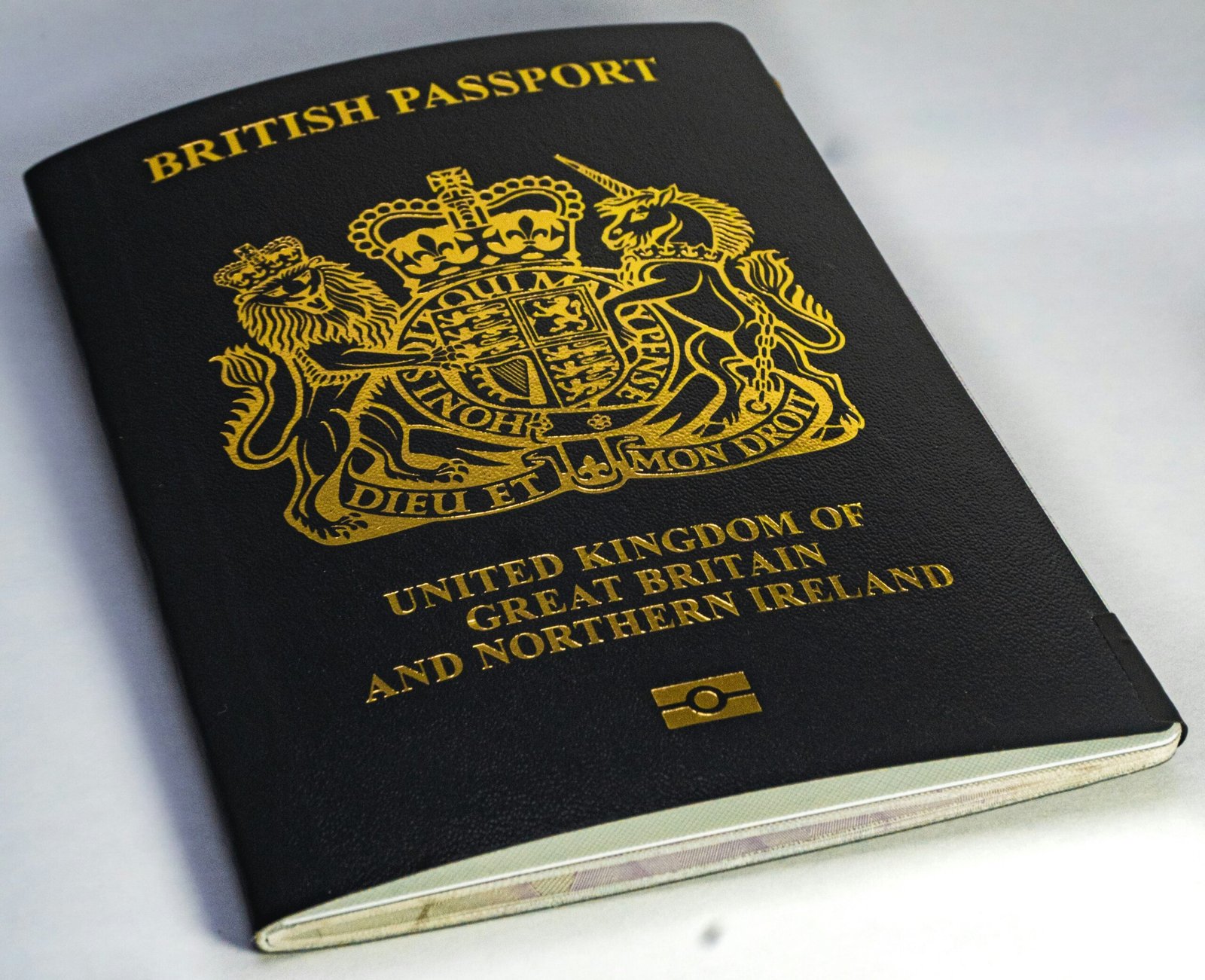





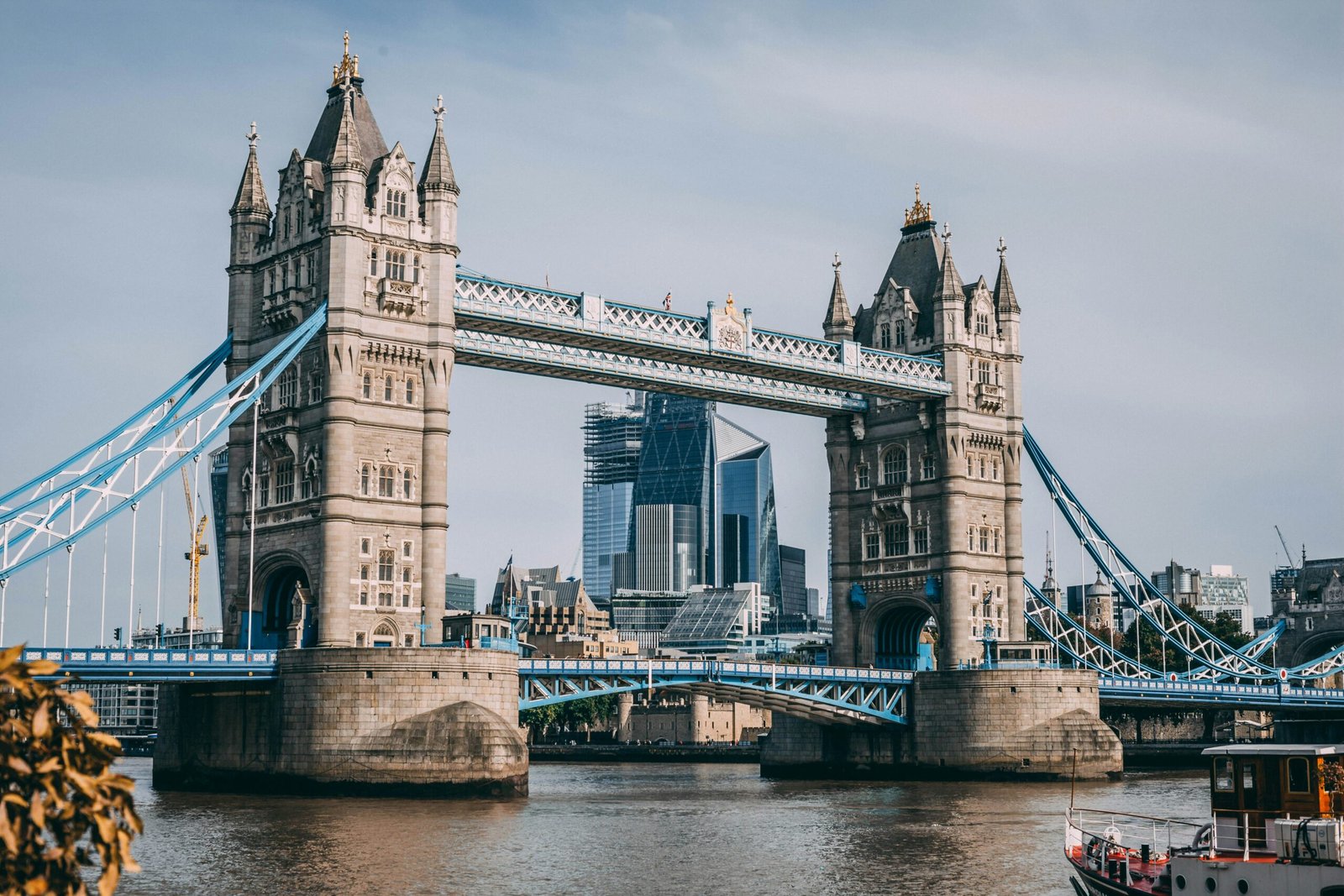


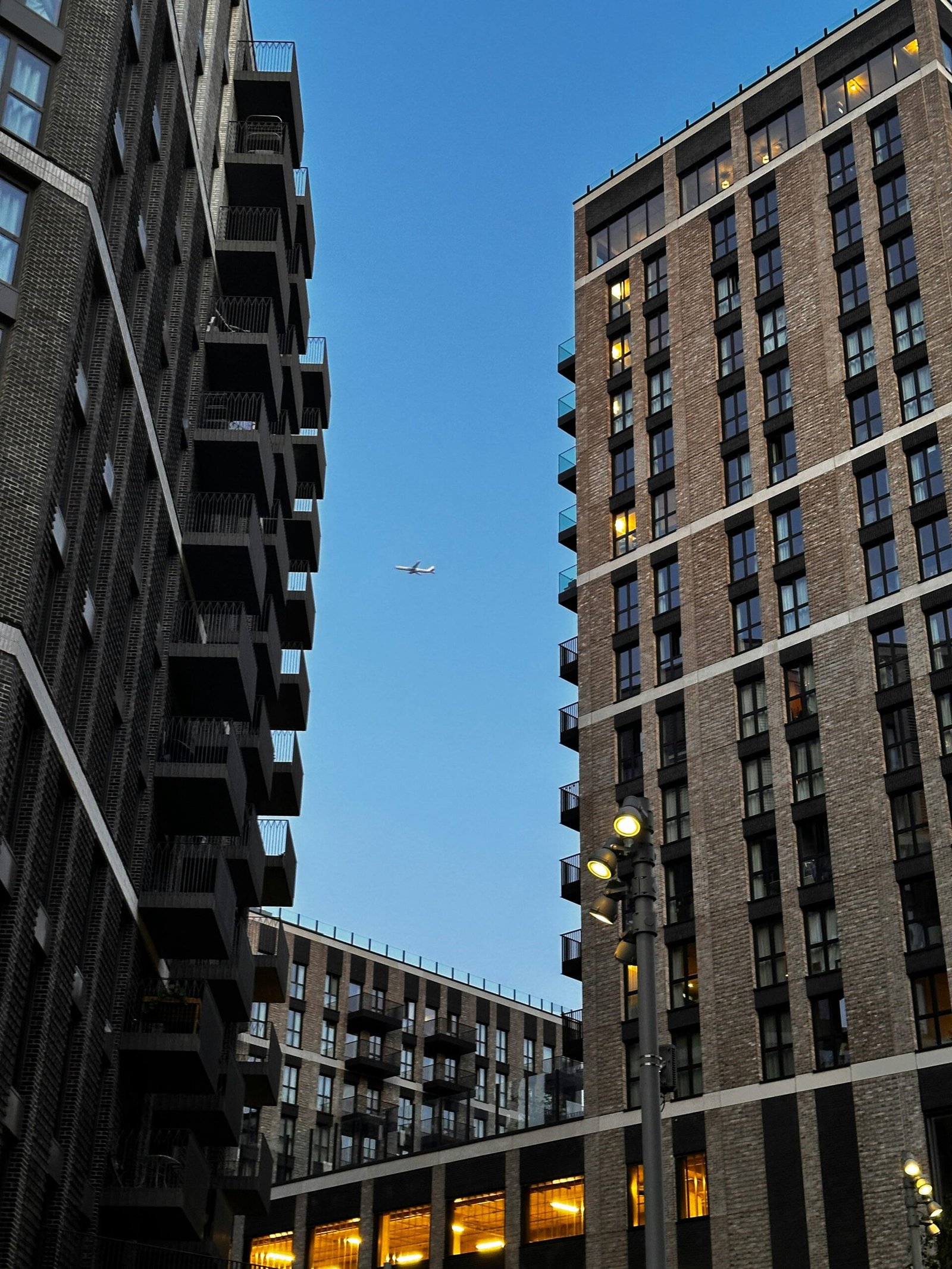
Leave a comment